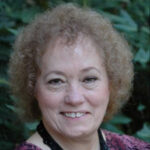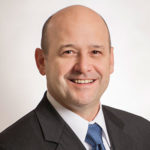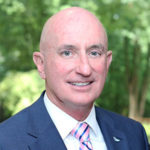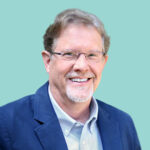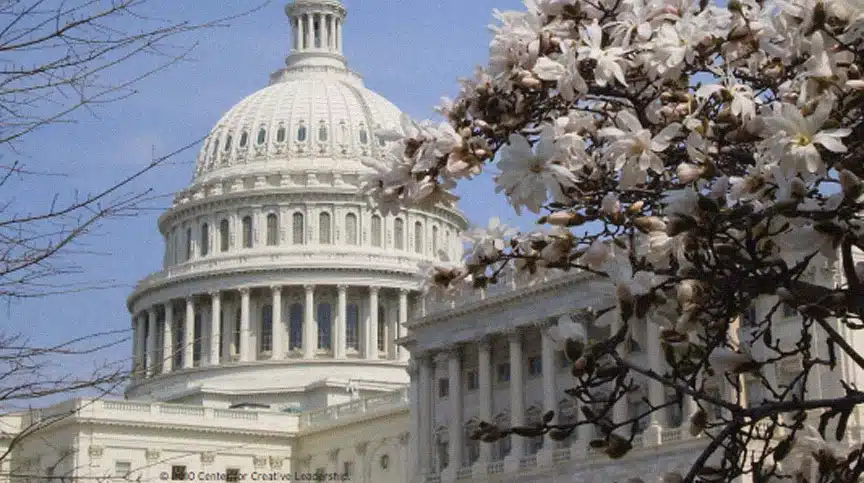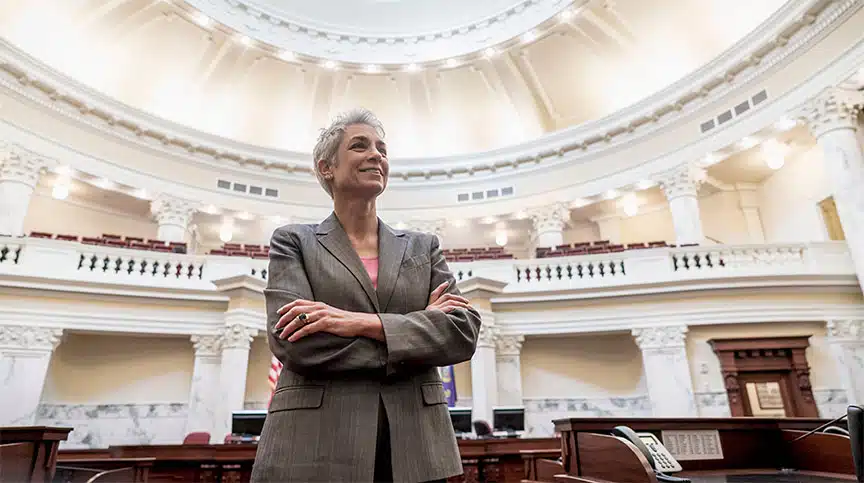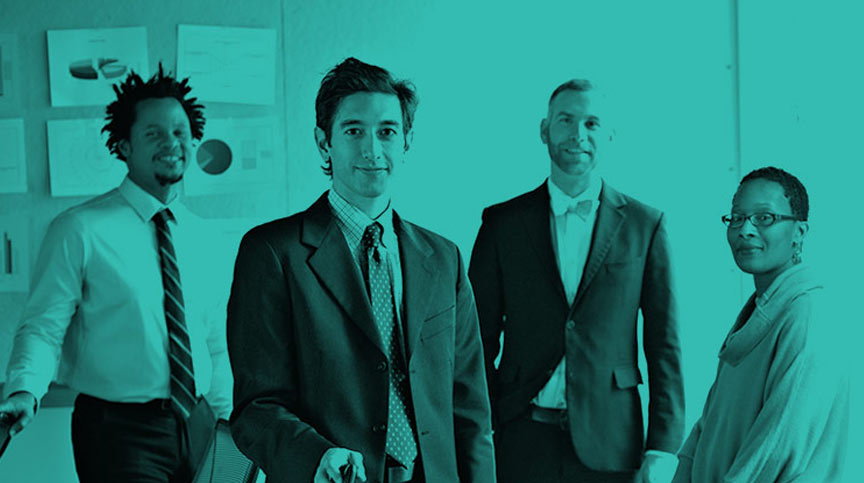How Government Workers Can Collaborate Across Boundaries
In the face of threats — both domestic and international — the U.S. intelligence community relies on its ability to communicate and collaborate across boundaries. Unfortunately, when that collaboration isn’t as strong as it should be, Americans feel the consequences.
But much remains to be done to foster greater collaboration and communication across all government agencies, and few government leaders are trained to make that happen.
While nearly 9 out of 10 senior executives we surveyed worldwide said they felt it was “extremely important” for them to work collaboratively across boundaries, fewer than 1 in 10 felt they had the skills to do so effectively.
This gap in leadership skills is especially prevalent in the federal government, where managers have learned to work vertically using a command-and-control leadership model. They work upward with senior colleagues and downward with direct reports. But they typically do not work across organizational silos.
In the military and at national security agencies, it’s critical that employees understand why you should collaborate across boundaries. To connect the dots and avert future terrorism attempts, government workers must develop the boundary-spanning skills to lead a complex national security structure composed of many different agencies and departments with varied missions. These boundary-spanning behaviors can only be developed through intentional professional development and interagency assignments and practice.
But the need to reach across functional, departmental, and agency borders isn’t limited to security challenges or crisis situations.
Day-to-day operations at all government agencies and departments, run largely by career civil servants, also require a new kind of collaboration.
How Government Workers Can Break Down Silos & Foster Collaboration
3 Ways to Span Boundaries
Several leadership skills are crucial for government leaders, among them fostering collaboration. We suggest government workers use the following 3 recommendations to increase collaboration and communication across government silos.
1. Slow down to power up.
When leaders focus on learning rather than speed, they arrive at multiple right answers and better solutions. Paradoxically, slowing down at first saves time over the long run, as missteps due to poor communication and faulty assumptions are reduced.
When leaders and teams slow down action, conversation, and decision-making at critical times, they are able to address challenges at the root level.
2. Change your organizational culture.
The primary reasons government organizations fail to collaborate are behavioral: Many managers in the government are risk-averse, fear failure, and impose boundaries on themselves and their teams. (These are some of the common problems facing traditional organizations when trying to drive innovation successfully.)
Political appointees and top senior executives must understand their agency’s leadership culture. Is it open and receptive to outside influence and collaboration, or is it closed and insular? Agencies may need to evolve the leadership culture to foster an environment of learning.
Questioning should not only be allowed but expected. Establish and encourage dialogue, and create an environment of psychological safety that asks questions focusing on “why” and “what if” in order to get to root causes and generate more alternatives to systemic problems.
3. Cultivate leadership talent.
Government agencies must intentionally design and implement the strategies, culture, systems, and processes needed to sustain their workforce.
Development planning is a critical component of an effective succession management strategy and should include a strong talent review process.
Be sure to include highly skilled technical roles as well as managerial roles. Agencies’ political appointees and senior executives in top leadership positions must be involved in succession management planning if it’s to be effective.
Ready to Take the Next Step?
We have decades of experience tailoring our leadership training programs for U.S. government workers and the roadblocks to collaboration they face through our Government Practice. Learn more about our leadership programs that are GSA-approved for individual development.


